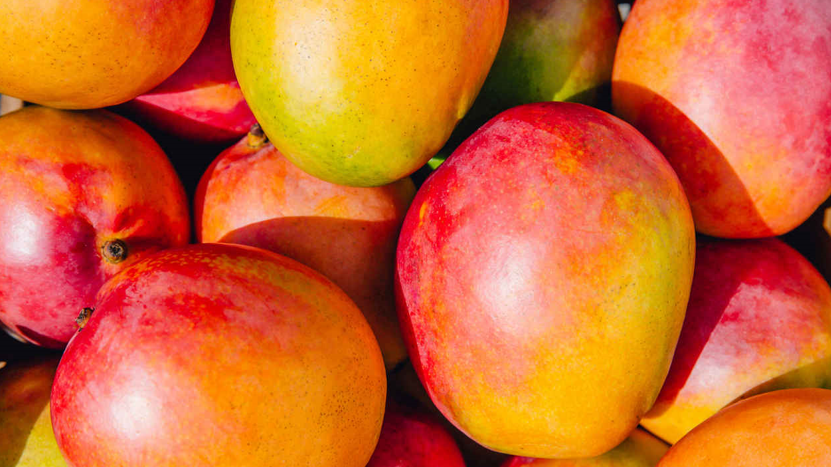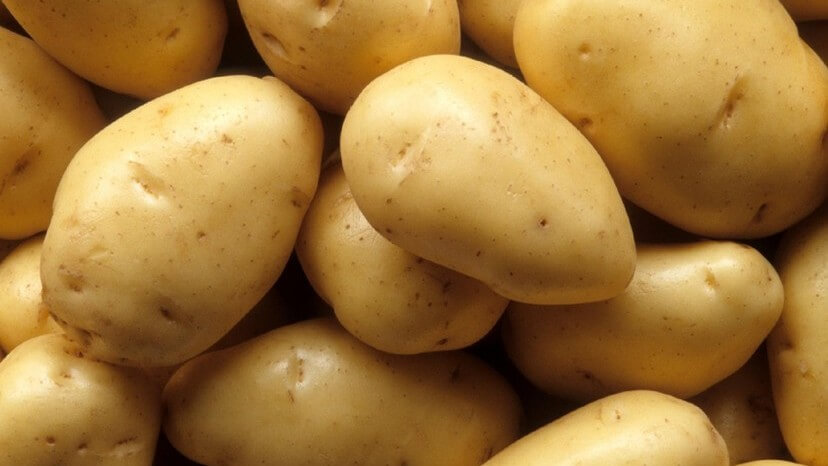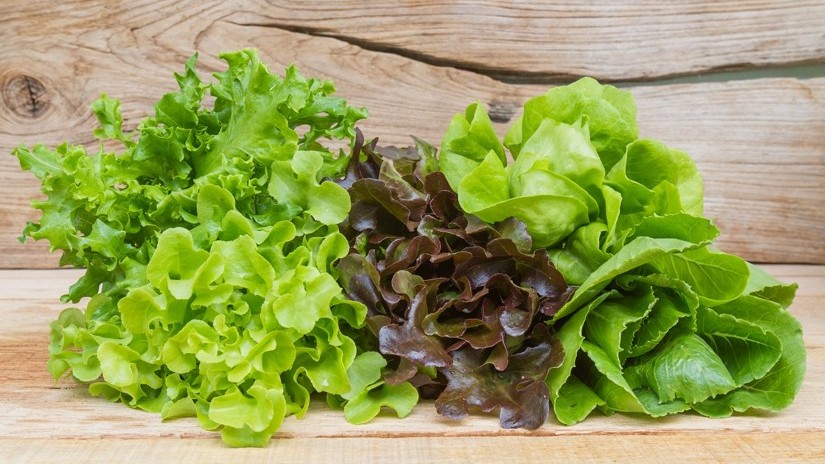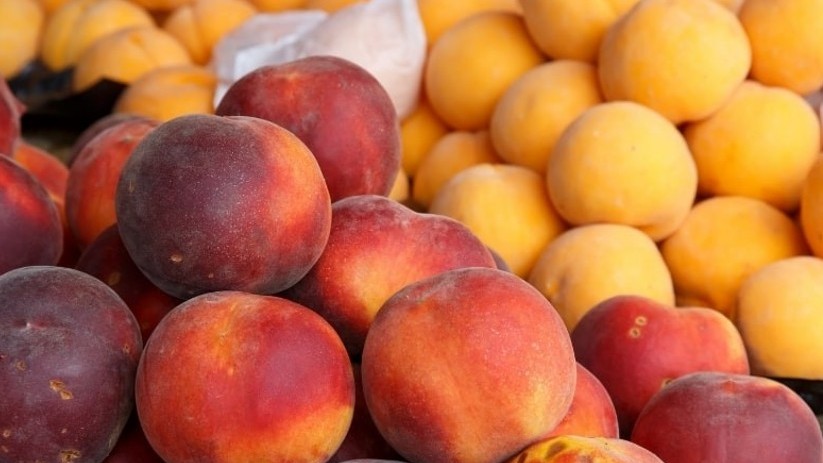Phytosanitaries
Methyl Jasmonate Mitigates Chilling Injury in Mango
Mitigation of chilling injury in mango fruit by methyl jasmonate is associated with regulation of antioxidant capacity and energy homeostasis

The mango (Mangifera indica L., family Anacardiaceae) is a highly valued tropical and subtropical fruit due to its nutritional content and significant economic value. There has been steady growth in both the production and global trade of mangoes over the past decades (FAO, 2023).
As a climacteric fruit, mangoes exhibit high respiration rates and metabolic activity post-harvest, leading to rapid ripening and senescence; this physiological trait makes the fruit highly susceptible to quality and commercial value losses.
Cold application is the most effective tool to preserve the quality and extend the shelf life of numerous postharvest crops by reducing the intensity of metabolic activity.
Chilling Injury
However, like most tropical fruits, mangoes are highly susceptible to chilling injury when kept at low temperatures for prolonged periods, which can rapidly worsen after removal from refrigeration.
Symptoms of chilling injury in mango fruit are characterized by browning and black spots, pitting, poor taste, and susceptibility to microbial diseases.
In fruits and vegetables, a wide range of physiological and biochemical responses can be stimulated under cold stress, among which the accumulation of reactive oxygen species (ROS) is closely associated with the onset and development of chilling injury.
Common cellular ROS include superoxide anion (O2-.), hydrogen peroxide (H2O2), and hydroxyl radicals (.OH), which can directly oxidize membrane lipids and proteins and damage DNA and RNA, leading to severe cellular dysfunction.
To mitigate the destructive impacts of ROS and alleviate oxidative stress in adverse environments, plants have developed an elaborate antioxidant system consisting of enzymatic and non-enzymatic antioxidants.
Energy Acquisition by Plants
Cellular energy is the basis for sustaining vital activity in postharvest crops during storage. Adenosine triphosphate (ATP) is a high-energy compound that can store and release energy in cells through mutual conversion with adenosine diphosphate (ADP).
Intracellular ATP in harvested crops is mainly synthesized in mitochondria through the aerobic respiration pathway, which involves three steps: glycolysis, the tricarboxylic acid cycle, and the electron transport chain.
Cold Effects on Energy Acquisition
Restricted ATP synthesis due to mitochondrial damage in harvested crops under cold stress can trigger excessive ROS accumulation through a form of electron leakage from the respiratory chain, leading to chilling injury.
Some ATP molecules in eukaryotes under abiotic stress can be secreted into the apoplast and released via membrane channels, vesicle exocytosis, and non-specific release.
Increasing evidence suggests that high concentrations of extracellular ATP can negatively regulate physiological and pathological processes, constituting damage-associated molecular patterns, leading to reduced cell viability and triggering apoptosis, while low concentrations may play a defensive role by binding to receptors and activating subsequent signaling cascades in plants under abiotic stress.
Plants have developed a system for extracellular ATP degradation and intracellular ATP recovery, whereby some excess extracellular ATP molecules can be converted into intracellular ATP.
Therefore, maintaining extracellular ATP/intracellular ATP homeostasis by stimulating the generation of the latter, as well as the reflux and reutilization of extracellular ATP, is crucial for enhancing cold tolerance in crops under cold stress.
Effects of Methyl Jasmonate
Methyl jasmonate is a volatile compound that functions in plants as a key plant hormone and signaling molecule regulating developmental processes and responses to biotic and abiotic stress. Postharvest application of this substance has been shown to alleviate chilling injury and enhance storage capacity in numerous crop species, including bananas, citrus, pomegranates, tomatoes, peaches, and peppers.
For mango fruit, the increased cold tolerance induced by methyl jasmonate was associated with reduced membrane peroxidation.
Recent studies have demonstrated that the application of methyl jasmonate at a concentration of 50 µM mitigates chilling injury symptoms and improves ripening-related quality during refrigeration, with delayed color change (from green to yellow), softening, and soluble solids accumulation.
It also suppresses the content of malondialdehyde (a marker of oxidative stress) and ROS O2-. and H2O2. The reduction in ROS generation in methyl jasmonate-treated fruit results from enhanced activities of antioxidant enzymes, including superoxide dismutase, catalase, ascorbate peroxidase, and glutathione reductase.
Ultrastructural observation revealed that methyl jasmonate treatment protects mitochondrial structure and promotes intracellular energy synthesis and utilization, as indicated by increases in intracellular ATP levels, activities of isocitrate dehydrogenase, α-ketoglutarate dehydrogenase, succinate dehydrogenase, cytochrome C oxidase, H+-ATPase, and Ca2+-ATPase, as well as reduced coenzyme levels NADH and FADH2, all involved in energy production.
Additionally, the expression levels of genes (MiAPY, MiENT, MiPUP, and MiAPRT) related to extracellular ATP hydrolysis, extracellular ATP transport, and intracellular ATP regeneration were upregulated in response to methyl jasmonate, contributing to the maintenance of extracellular ATP/intracellular ATP homeostasis.
These findings suggest that methyl jasmonate enhances cold tolerance in mango by inhibiting oxidative stress and promoting energy metabolism.
Source
Huang, T.; Liu, G.; Zhu, L.; Liu, J.; Xiang, Y.; Xu, Y.; Zhang, Z. (2024). Mitigation of chilling injury in mango fruit by methyl jasmonate is associated with regulation of antioxidant capacity and energy homeostasis. Postharvest Biology and Technology, 211: 112801.
Image
Capitalist. Accessed on 05/10/2024.













